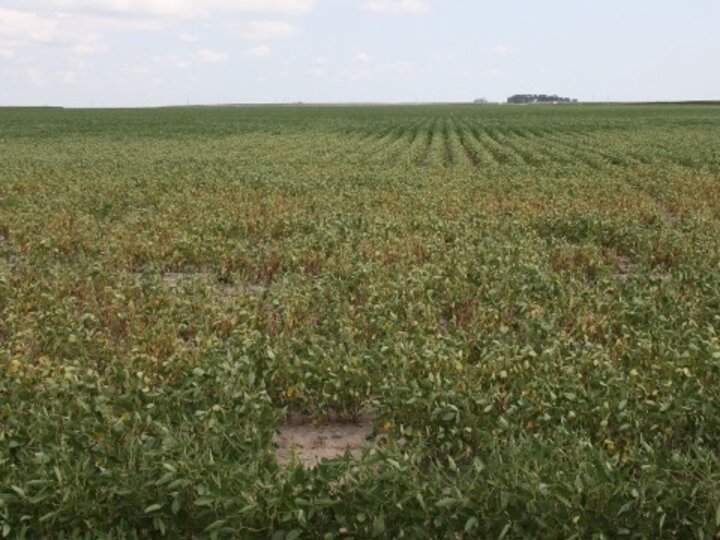Megan Taylor
Extension Educator in Platte, Boone and Nance Counties
Corn - Pretty much all of our corn is in dent (R5), there are some pretty tough looking dryland fields from the drought conditions in my area. There are some fields that have drooping ears and have not reached black layer. There continues to be southern rust, GLS, BLS, and NCLB in many fields throughout the area. Top dieback is beginning to show up as well. Some silage is beginning to get cut.
Soybeans - There are a few fields that have started dropping leaves throughout my area. Frogeye leaf spot has taken off in the past week and lesions can be found in several fields across my three counties. There are patches of SDS, but damage is limited. Dectes stem borer is patchy, but mostly in areas close to pastures or weedy edges.
Alfalfa - Last cutting for alfalfa is underway, with many producers trying to give the stands the full 6 weeks to successfully winterize. Fields that have been severely stressed this year are shorter and tonnage maybe lower than expected for last cutting.
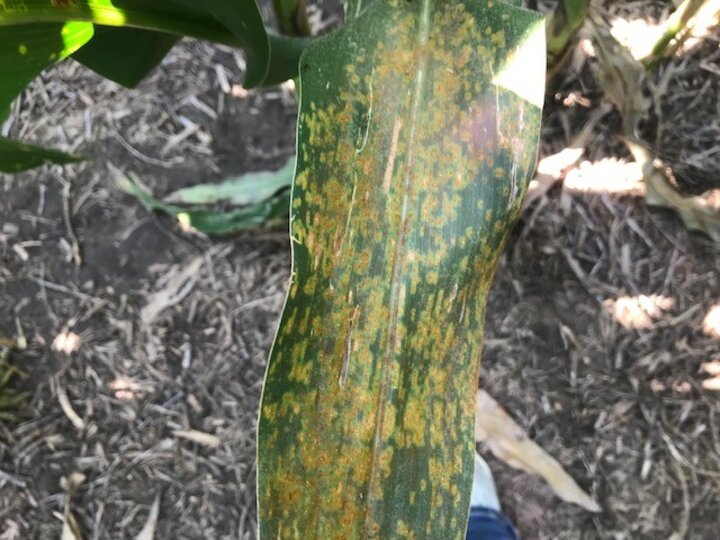

Gary Stone
Extension Educator in the Panhandle
All of the crops are doing well in spite of the high temperatures and some hail in portions of the Panhandle. Corn is in the milk to dough stage, with fields being treated for spider mites. Sugar beets are full cover and rooting. Sugar beet early harvest will start August 31st, yields are expected to be above average at this time. Some dry edible beans are being harvested while other fields are still several weeks away from harvest. Winter wheat planting usually starts in several weeks, but due to the low soil moisture content, growers may hold off until they receive adequate precipitation or plant their seed deeper into soil moisture. Field pea harvest yields are below average. Millet harvest will begin soon. Most producers with alfalfa have completed their third cutting and irrigating for their fourth. Seed stock potatoes are being desiccated for harvest. Rangeland grass and pastures are curing out and have posed a fire hazard some days when temperatures and high winds occurred. Ranchers are moving livestock off and feeding them due to lack of grass. Weather conditions continue to be hot and dry, with precipitation in the area down five inches for the year. Smoke from the wild fires in California and Colorado have created poor air quality in the area for the last week or so.
Irrigation water for the North Platte Valley in the Panhandle is sufficient for this growing season. Irrigators under the Goshen / Gering-Ft Laramie irrigation districts have water in the canal again, but are restricted to 75-85% of normal deliveries.

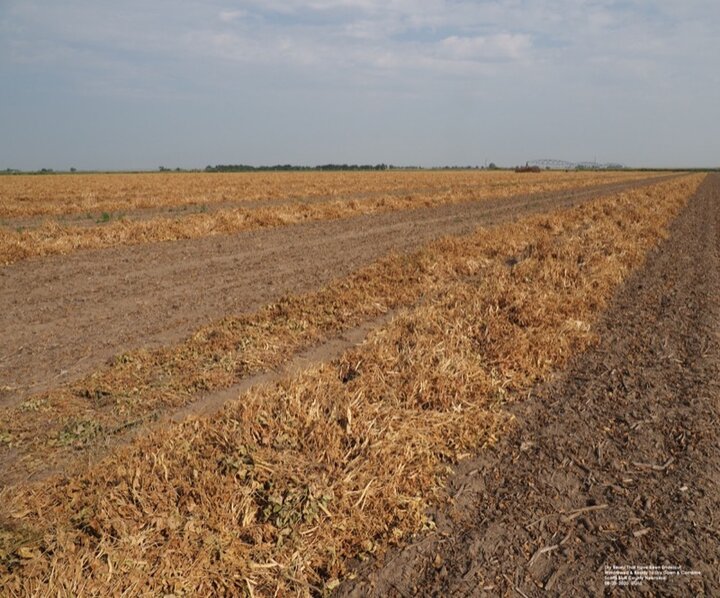
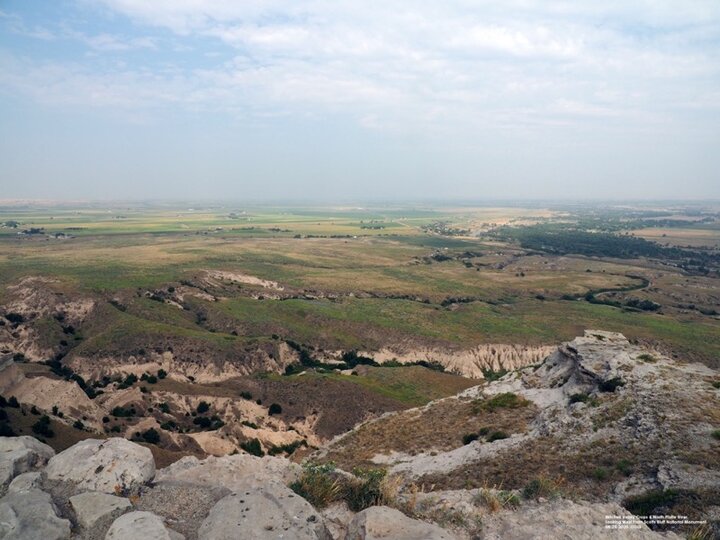
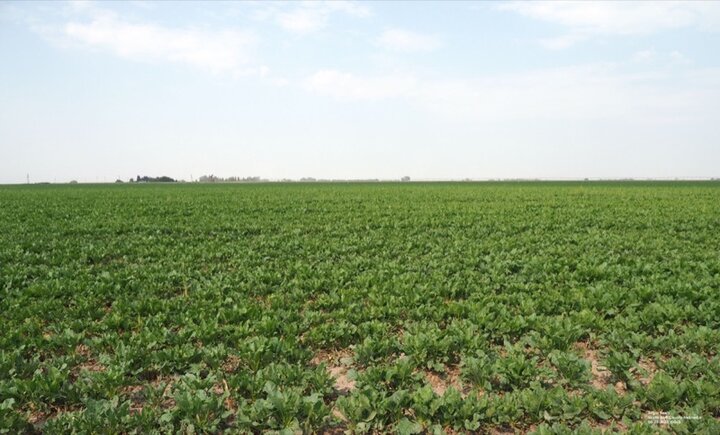
Todd Whitney
Extension Educator in Phelps, Harlan, Furnas and Gosper Counties
Soybeans nearing Final Irrigation: Many southcentral Nebraska soybean fields are nearing R7 physiological maturity when the plants cease to need water. This Aug. 26 photo illustrates a Phelps county soybean field in the reproductive stage (R6.5) which will need about 2 inches of moisture per acre to reach full maturity or approximately 10 days. Final irrigation timing should follow the principle that soybean plants will continue to need moisture until the inner pod membrane separates from the soybean seeds within the pod.
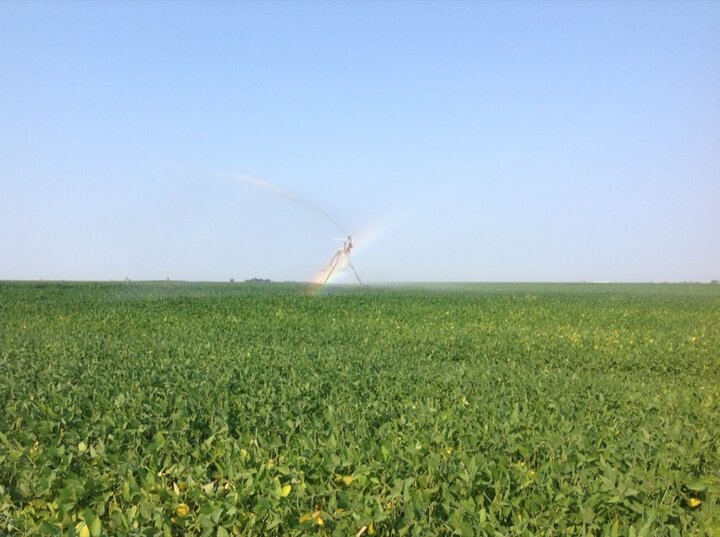

Ron Seymour
Extension Educator in Adams, Kearney and Webster Counties
Fields were surveyed in Adams and Kearney Counties on August 13th and in Webster County on August 19th.
Corn – development stages ranged from dough to early dent. Dryland corn was drought stressed and maturing quickly. It was noticed that the ears in a number of fields did fill out to the tips particularly well (Fig 1). Southern rust, gray leaf spot and bacterial leaf streak were present in most fields. Spider mite infestations continued to expand to leaves above the ear.
Soybeans – development stages ranged from late pod fill to early leaf drop. Dryland fields had spots with severe drought stress but for the most part looked good (Fig 2). The corners of irrigated fields were also drought stressed. Sudden death syndrome was noticed in several fields. Spider mites, dectes stem borer and small green clover worm larvae were common.

